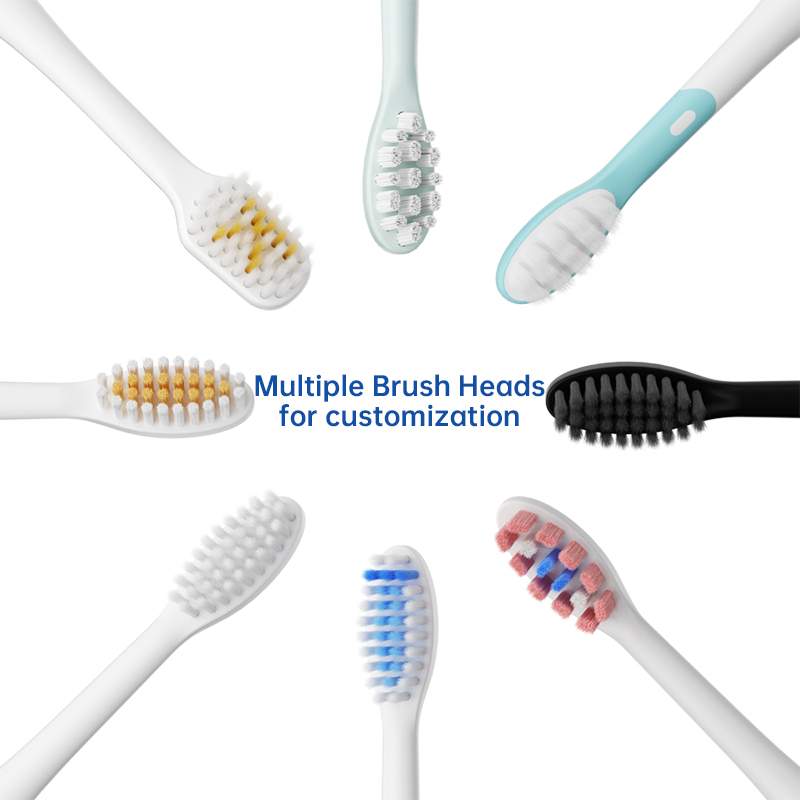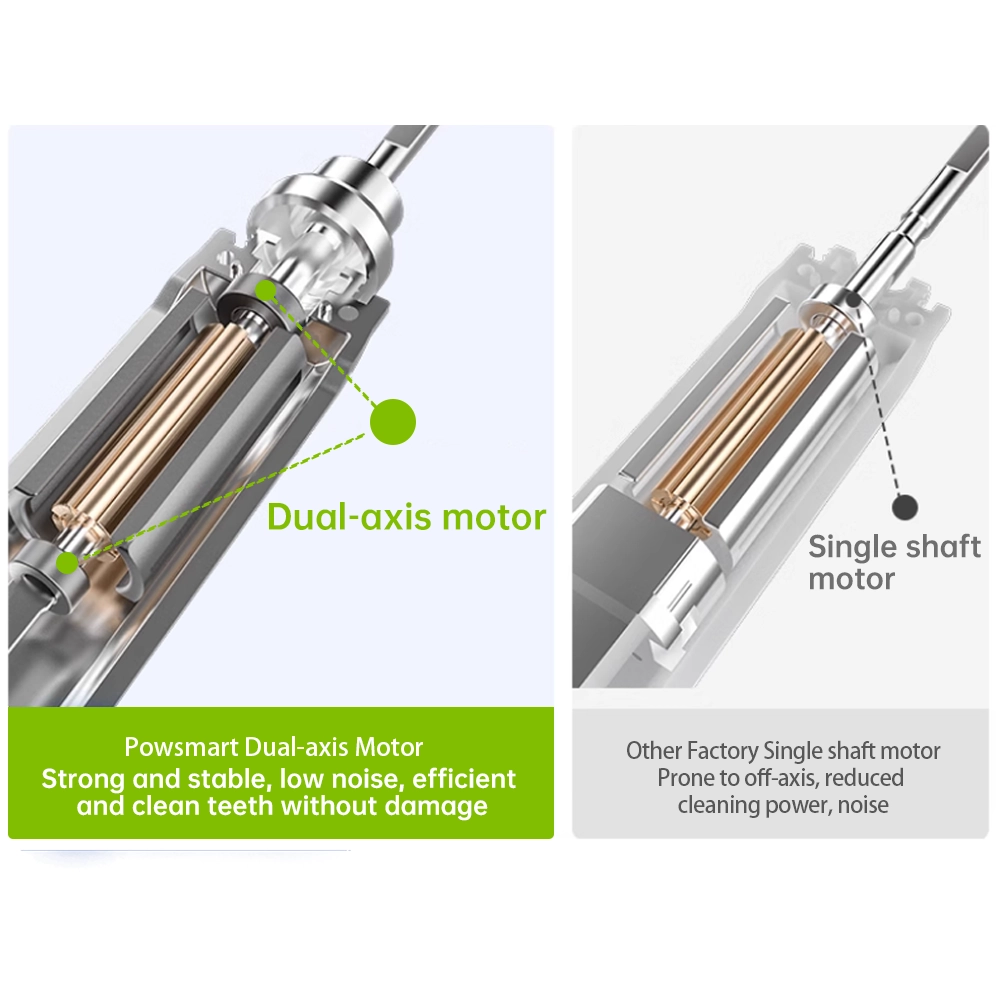In the rapidly evolving market of oral care devices, particularly electric toothbrushes and whitening applicators, cases of brush discoloration combined with hydrogen peroxide burns are becoming a concern for both users and manufacturers. While these issues may appear superficial at first glance, ignoring them could expose end-users to safety risks and damage the brand’s reputation. But is this truly something manufacturers can afford to overlook?
Brush discoloration often results from repeated exposure to whitening gels containing hydrogen peroxide. Factors contributing to this include:
Over time, this leads to noticeable yellowing, fading, or spotting on the brush head—clear signs that chemical damage is taking place.
In parallel, hydrogen peroxide burns can affect the user’s soft tissues—particularly gums and lips—when whitening agents leak or are improperly applied. Such burns typically arise from:
These burns manifest as irritation, whitening of the mucosa, or even pain—and in severe cases, tissue damage requiring medical attention.Company web: https://www.powsmart.com/product/electric-toothbrush/
.jpg)
Interestingly, brush discoloration and hydrogen peroxide burns often stem from the same design and material flaws:
This link suggests that when brush discoloration is visible, it may also indicate an elevated risk of peroxide exposure to the user—raising valid safety concerns.
Ignoring brush discoloration and the possibility of hydrogen peroxide burns carries several risks for OEM and ODM manufacturers:
Such outcomes can severely affect long-term B2B partnerships and market share.
To avoid these risks, manufacturers should focus on:
Quality control at both the formulation and hardware levels is essential to prevent both brush discoloration and hydrogen peroxide burns.
The future of oral care design is moving toward:
Adopting these innovations positions brands as leaders in both safety and technological advancement.
In conclusion, brush discoloration and hydrogen peroxide burns are not minor cosmetic defects—they are potential indicators of underlying product safety issues. Responsible manufacturers must treat these signs seriously, implementing better materials, superior design, and rigorous quality control to ensure end-user protection. For B2B suppliers, addressing these risks is not only about compliance—it’s about building trust and securing long-term success in the oral care market. Contact us
.jpg)
Sourcing Water Flosser Manufacturers: Key Considerations for Oral Care Brands
Why Dentin Exposure Risk with UV Light Risks?
Can Smart Timer Improve Brushing Compliance?

How to Choose a Reliable Electric Toothbrush OEM Factory? Pit Avoidance Guide

Why is There a Gap Between the Toothbrush Head and the Handle?

Does Gum Health Sonic Toothbrush Worsen Jaw Discomfort?

Top Water Flosser and Toothbrush Combo in San Diego?
.jpg)
Is an RV battery toothbrush truly an RV travel essential?
.jpg)
Wholesale Smart Toothbrushes: Best Bulk Deals for Retailers

Flexible OEM Solutions: Choosing the Right Electric Toothbrush Supplier for Your Brand
Sonic Toothbrush Innovations: Axial Clearance & Dynamic Balancing Explained

Is the water flosser a waste of money?
Is Your Water Flosser Leakage Due to Poor ESD Packaging?

Does Quiet Toothbrush for Office Suffer Nozzle Clogging?

FDA-Approved Antibacterial Bristles of Electric Toothbrush: A Safety Guide for Oral Care

Four Core Factors Brand Owners Must Pay Attention to When Choosing Competitive Water Flossers

Private Label Whitening Gel

electric toothbrush heads Regular Clean

electric toothbrush heads Charcoal Infuse-Round

electric toothbrush heads Deep Clean
.jpg)
Florida Electric Toothbrush – Powsmart PTR-C8

Electric toothbrush heads Charcoal Infused-Diamond

electric toothbrush heads Ultra Soft

Customization Teeth Whitening Gel